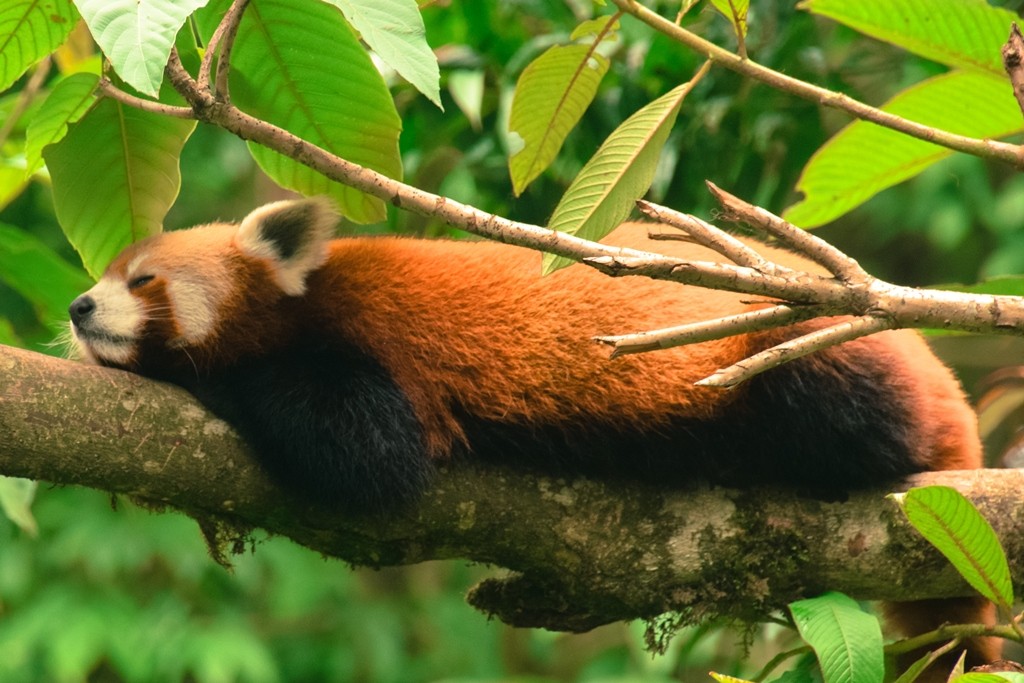Red panda
A species of Red panda, Also known as Red bear-cat, Western red panda Scientific name : Ailurus fulgens Genus : Red panda
Red panda, A species of Red panda
Also known as:
Red bear-cat, Western red panda
Scientific name: Ailurus fulgens
Genus: Red panda
Content
Description General Info
 Photo By Imtiazmd23 , used under CC-BY-SA-4.0 /Cropped and compressed from original
Photo By Imtiazmd23 , used under CC-BY-SA-4.0 /Cropped and compressed from original Description
The small panda, red panda or cat bear (Ailurus fulgens) is an endangered species that lives in Asia. Just like the giant panda, he eats bamboo. The little panda is not a bear, but belongs to the superfamily Musteloidea and the family of cats (Ailuridae) of which it is the only living species. The little panda is more closely related to raccoons than to bears. There are two subspecies, Ailurus fulgens fulgens and Ailurus fulgens styani.
General Info
Lifespan
8-14 years
Diet
Red panda predominantly relies on bamboo for sustenance, though not exclusively. Adapted to eat the plant's leaves and shoots, it supplements this diet with small mammals, birds, eggs, and the occasional fruit, foraging both arboreally and terrestrially.
Appearance
Red panda is a medium-sized mammal with a sturdy body and short legs. The fur is thick and soft, primarily bright red, with white markings on the face and black markings from the eyes to the ears. They have an expressive face with round ears, and a prominent bushy tail that is often used for balance.
Behavior
Red panda, commonly known as the red panda, exhibits primarily nocturnal, solitary behavior and spends most of its day resting in trees to conserve energy. It marks territory with scent glands, has semi-retractable claws to aid in arboreal locomotion, and feeds mainly on bamboo, supplementing its diet with other plants and small animals. Unique to red panda are its 'false thumb', an extended wrist bone for handling food, and its temperature-lowering torpor state during winter.
Population
Decreasing